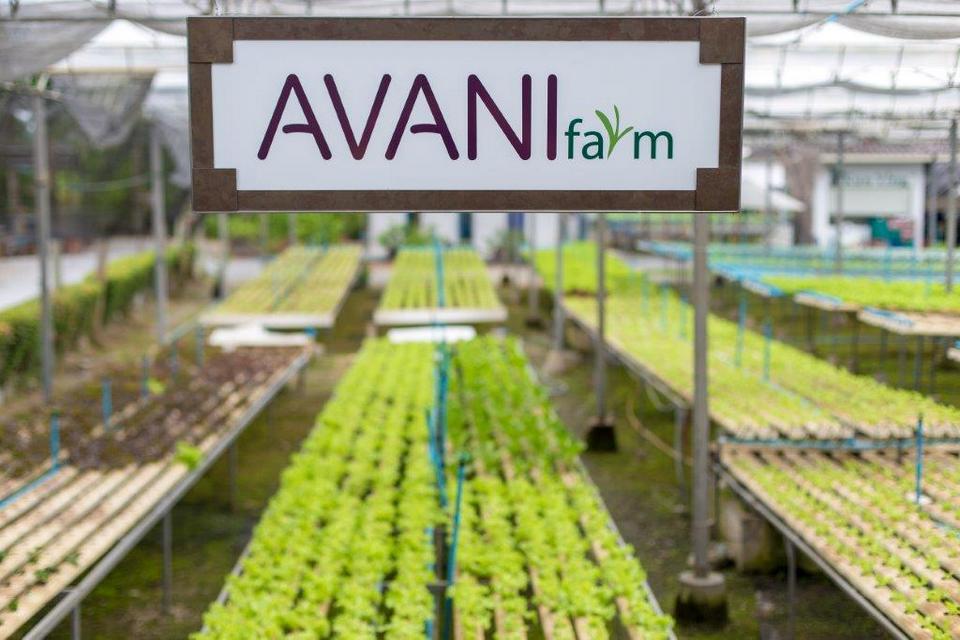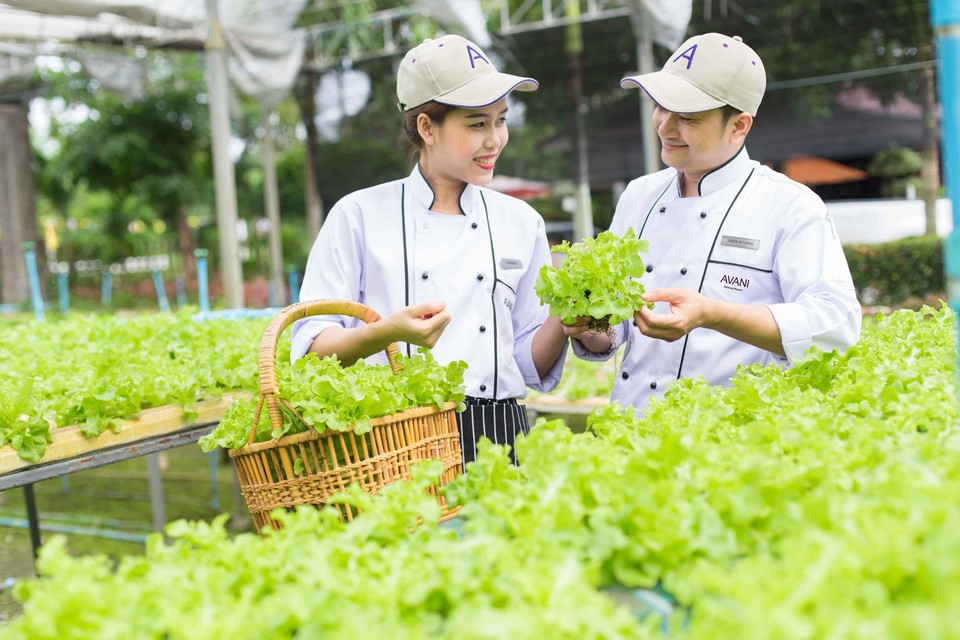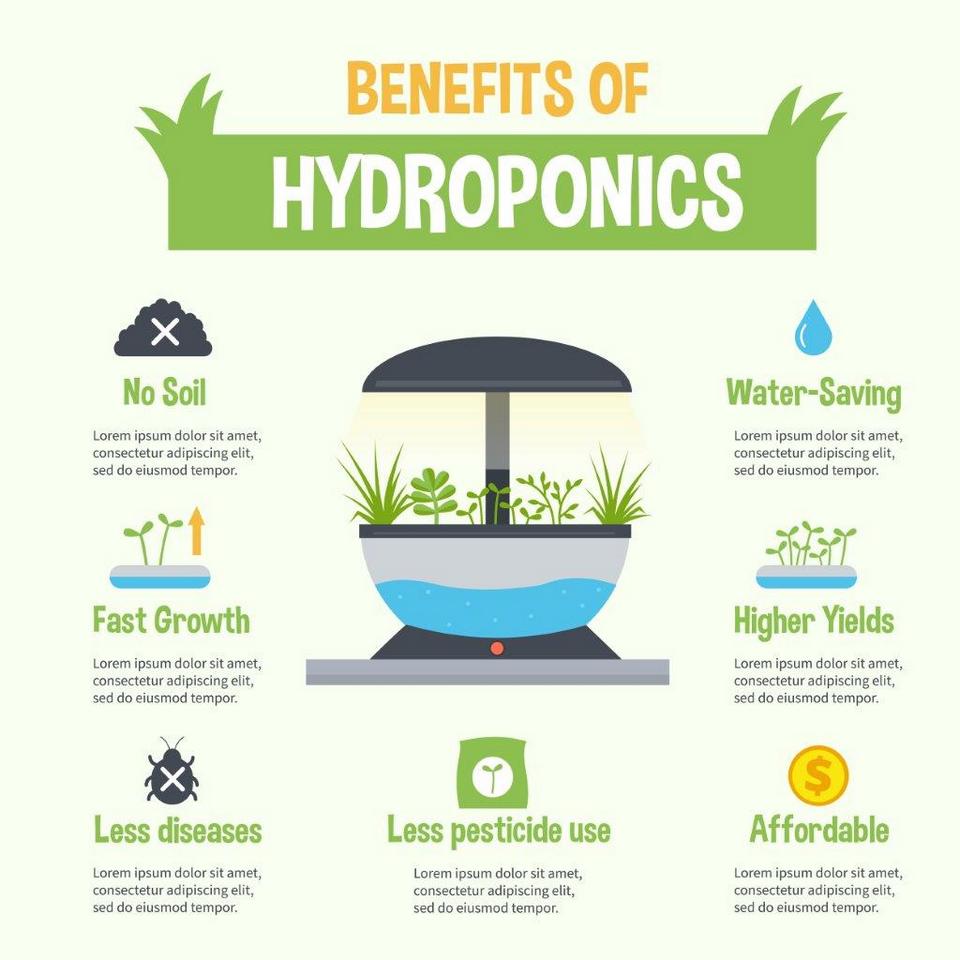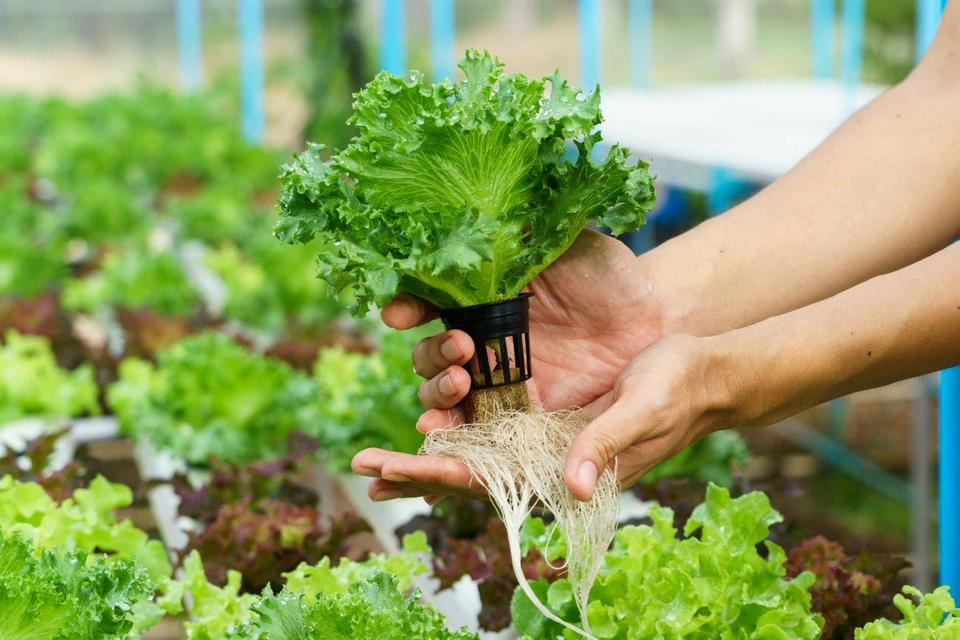
There’s no better time to grow your own fresh vegetables and microgreens than right now, whilst staying at home. Avani Pattaya Resort and Kun Ying Farm have combined their years of expertise in hydroponic farming to share “do-it-yourself” home farming tips.
One of the advantages of growing your own produce is that you know exactly where your greens come from. It also guarantees freshness and reduces the carbon footprint by not having to transport the greens. With hydroponics, you have the added benefits of using less water and eschewing pesticides. Hydroponically farmed vegetables also tend to be healthier, as they are less susceptible to diseases and insect pests, as well as giving a higher yield and thus saving you money.
Before you start
Through trial and error, the team at Avani Pattaya Resort found that the best plants to grow in a hydroponic system are Chinese kale, Swiss chard, lettuce, rocket and microgreens. Avani Pattaya Resort has also prepared a quick crash course video on how to start your own DIY Hydroponics, please follow https://youtu.be/oHqv2OgTpd8 to see the video.
Consider repurposing everyday items before purchasing a dedicated hydroponics kit and order the rest online. You will need:
Individual containers. These can be wet tissue boxes that are made of plastic, coffee cans or jars, plastic water bottles or other reusable containers. Alternatively, you can make your own container by stacking two coffee cups together.
Net cups (optional).
A plastic or metal tray.
A sheet of rockwool or sponge foam, with pre-cut slots for the seeds.
Nutrient solution, which is the most important part. There are some ready-made solutions that can be purchased online.
Getting started
Begin by placing a sheet of foam on a tray and soaking it with water. Once wet, place the seeds into the slots.
Transfer the seeded foam into a transparent container. Put a clear see-through lid on the container and put it out in the sun. This will create a greenhouse-like effect, helping to capture the moisture.
It will take between one and two weeks before you see the first shoots.

After two weeks it’s time to move the seedlings into separate containers filled with nutrient solution. If you are using net cups as containers, don’t fill them up too much. If you’re using two coffee cups stacked together as a container, make sure to make holes in them.
Cut the foam around the seedlings and move the plants into individual containers filled with nutrient solution.
Ensure that the plant has sufficient light, and for best results consider LED grow lights.
Check the roots every now and then, to ensure they are clean and clear of algae.
It will take approximately five to six weeks for the plants to be fully grown.
Once the plants are ready, harvest the leaves. You should be able to harvest each plant several times.

Growing tips
Choose the right plant cultivars for the scale of space that you have.
If you’re not ready for plants that require special attention, stick to the basic types of herbs/plants that can be grown very easily, such as: basil, celery, chives, coriander, dill, mint, parsley, rosemary and thyme.
Be as observant as possible when you’re growing seeds for the first time without any soil. Things to look out for are: the period needed for full sprouting, the appearance of seeds as they sprout, and the physical appearance of seeds as they germinate.
Plants need lighting at least six hours a day to grow well, but also avoid strong sunlight.

Pay extra attention to watering them during seeding, keep the sponge soaked.
Note growth phases of individual plants at specific weeks, so you will have a handy reference for next time.
Do not wait more than 42 days to harvest, as they will begin to taste bitter after that.
We hope these tips will keep you busy at home, while at the same time providing you with fresh and healthy nutrients.
About Avani Pattaya Resort and Kun Ying Hydroponic system
Avani and Kun Ying Hydroponic Green Farm features over 22,000 plants and a free-range chicken coop supplying hotel restaurants and the local community. Around 60% of the farm’s red oak, green oak, cos, rocket, microgreens, Swiss chard and Chinese kale go to local restaurants and Pattaya communities, with the remaining 40% supplying the Avani Pattaya restaurants.
www.Avanihotels.com | Facebook www.fb.com/Avanihotels |
Instagram @Avani_Hotels #Avanihotels | YouTube www.youtube.com/Avanihotels




